Latest technologies aiding healthcare segment to provide better service
By MYBRANDBOOK
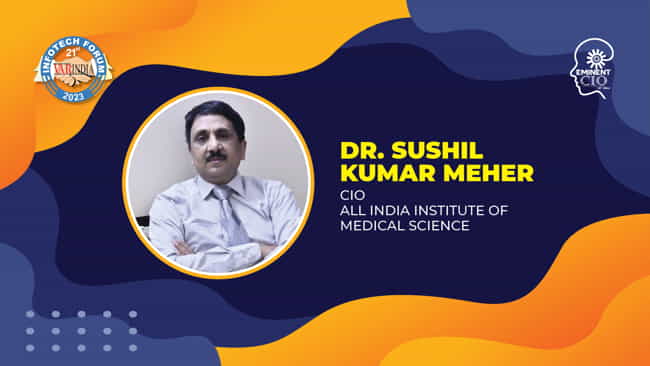
Dr. Sushil Kumar Meher
CIO, Department of Computer Facility - All India Institute Of Medical Science
Technology blueprint for year ahead
The potential to improve patient safety exists through the use of medication alerts, clinical flags and reminders, better tracking and reporting of consultations and diagnostic testing, clinical decision support, and the availability of complete patient data.
For a start, greater investment in population health would make people, particularly vulnerable population groups, more resilient to health risks. The health and socio-economic consequences of the virus are felt more acutely among disadvantaged populations, stretching a social fabric already challenged by high levels of inequalities.
Beyond creating greater resilience in populations, we are focusing to strengthen our health system.
Ayushman Bharat Digital Health Mission (ABDM)
To create a National Digital Health Eco‐system that supports Universal Health Coverage in an efficient, accessible, inclusive, affordable, timely and safe manner, through provision of a wide‐range of data, information and infrastructure services, duly leveraging open, interoperable, standards‐based digital systems, and ensuring the security, confidentiality and privacy of health‐related personal information
· ABDM is a leading milestone to provide healthcare to all in India. By creation of ABHA account one can easily assess and utilize health services. High levels of payments for health goods and services deter people from seeking early diagnosis and treatment at the very moment they need it most.
· Ayushman Bharat PM-JAY is the largest health assurance scheme in the world which aims at providing a health cover of Rs 5 lakhs per family per year for secondary and tertiary care hospitalization.
Second, primary and elder care must be reinforced. COVID-19 presents a double threat for people with chronic conditions. Not only are they at greater risk of severe complications and death due to COVID-19; but also the crisis creates unintended health harm if they forgo usual care, whether because of disruption in services, fear of infections, or worries about burdening the health system. Strong primary health care maintains care continuity for these groups. Equipping hospital with manpower and equipments: In February 2018, the Government of India announced the creation of 1,50,000 Health and Wellness Centres (HWCs) by transforming the existing Sub Centres and Primary Health Centres. These centres are to deliver Comprehensive Primary Health Care (CPHC) bringing healthcare closer to the homes of people.
Use of PACS is another step towards digitalization of health care facility in our hospital.
Fourth, stronger health data systems are needed. The crisis has accelerated innovative digital solutions and uses of digital data, smartphone applications to monitor quarantine, robotic devices, and artificial intelligence to track the virus and predict where it may appear next. Access to telemedicine has been made easier. As part of the Digital India initiative of Ministry of Electronics and Information Technology, NIC has developed the e-Hospital, e-BloodBank and Online Registration System (ORS) applications.
Creation of ABHA and PHR
· ABHA Number creation and capture & verification for seamless patient registration.
· Building Health Information Provider (HIP) services to share digital records via Personal Health Records (ABHA) app.
· Developing Health Information User (HIU) services to provide view of patient’s medical history to authorized healthcare workers with complete consent.
Latest technologies influencing growth
· Artificial Intelligence (AI) in Healthcare : AI is incredibly helpful for improving efficiency with information processing and decision making. In the healthcare system, machine learning is extremely helpful for the development of new pharmaceuticals and the efficiency of diagnosis processes.
· Telemedicine and the Evolution of Remote Care : Storing data in most cloud storage services is relatively secure, but not necessarily compliant with government regulations on protected health information. However, teleconferencing and data hosting are key features useful for our organization.
· Extended Reality in Healthcare Settings : Extended reality, a blanket term including augmented reality, virtual reality, and mixed reality, has a great deal of potential in the healthcare industry. From assisting surgery to aiding telehealth applications, AR and VR technologies can improve our healthcare industry.
· IoT and Wearables in Healthcare : With wearable and IoT technologies becoming more popular, their potential in our healthcare industry has grown significantly. For applications in telemedicine and telehealth technologies many have come to call this trend in micro processing the Internet of Medical Things.
One of the most important innovations in the healthcare industry is the advancement of wearable technology. The ability to monitor the status of a patient throughout the day remotely or for an individual to monitor their own status is incredibly valuable.
· Healthcare Privacy and Security (The Information Technology Act, 2000): It consists of a range of actions to safeguard our institute from internal and external cyber-attacks, guarantee the availability of medical services, maintain confidentiality, ensure the proper operation of medical systems and equipment and integrity of patient data, and comply with industry regulations. IT security in healthcare constantly deals with evolving cyber threats that could endanger patient safety. It is essential to include cybersecurity in our hospital, risk management, governance, priority for patient safety.
· Blockchain : The blockchain system will generate identical blocks whenever a linked device is involved in any form of transaction. When data on one computer is accessed, edited, shared, or otherwise processed in any way, a block is formed on all devices to record the information locally.
· Improvement in Data Science and Predictive Analytics : Compressing all the data generated from patients suffering from chronic ailments is challenging. Nonetheless, rapid improvement in data science and predictive analysis has given doctors access to deeper insights like gathering information about ancestry and family history, detecting patients with high risks to diagnose problems effectively.


Legal Battle Over IT Act Intensifies Amid Musk’s India Plans
The outcome of the legal dispute between X Corp and the Indian government c...

Wipro inks 10-year deal with Phoenix Group's ReAssure UK worth
The agreement, executed through Wipro and its 100% subsidiary,...

Centre announces that DPDP Rules nearing Finalisation by April
The government seeks to refine the rules for robust data protection, ensuri...

Home Ministry cracks down on PoS agents in digital arrest scam
Digital arrest scams are a growing cybercrime where victims are coerced or ...

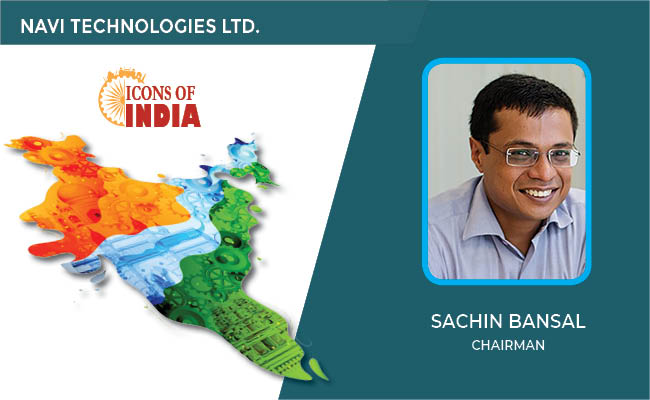
ICONS OF INDIA : SACHIN BANSAL
Sachin Bansal is an Indian entrepreneur. He is best known as the found...
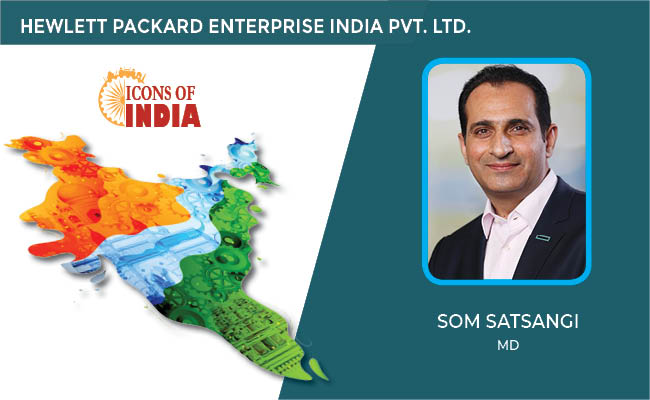
ICONS OF INDIA : SOM SATSANGI
With more than three decades in the IT Sector, Som is responsible for ...
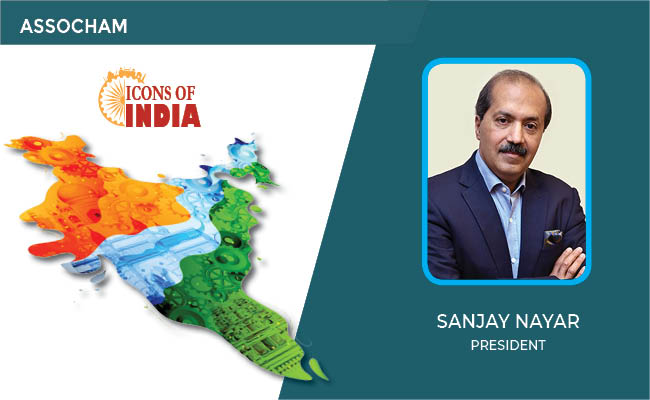
ICONS OF INDIA : SANJAY NAYAR
Sanjay Nayar is a senior finance professional in the Indian private in...

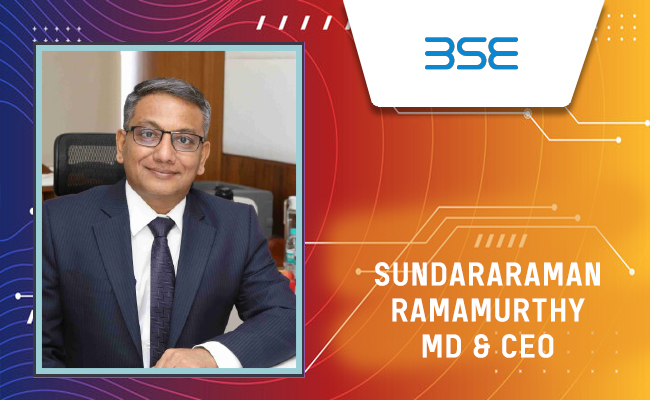
BSE - Bombay Stock Exchange
The Bombay Stock Exchange (BSE) is one of India’s largest and oldest...
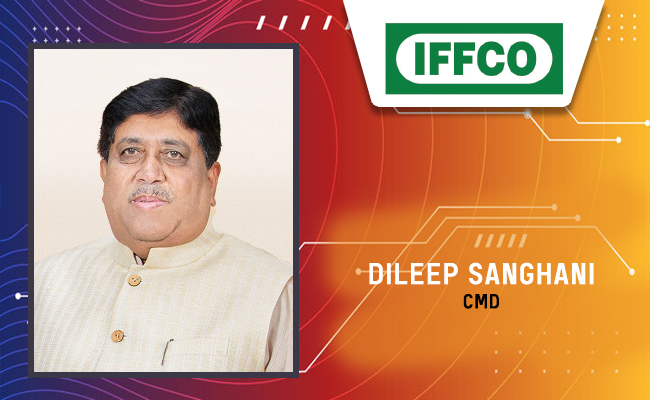
IFFCO - Indian Farmers Fertiliser Cooperative
IFFCO operates as a cooperative society owned and controlled by its fa...
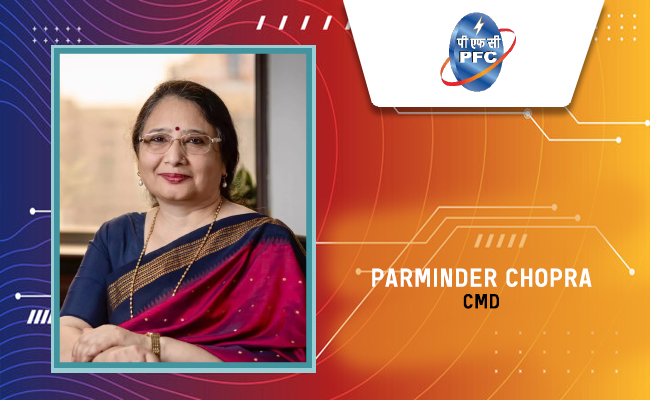
PFC - Power Finance Corporation Ltd
PFC is a leading financial institution in India specializing in power ...

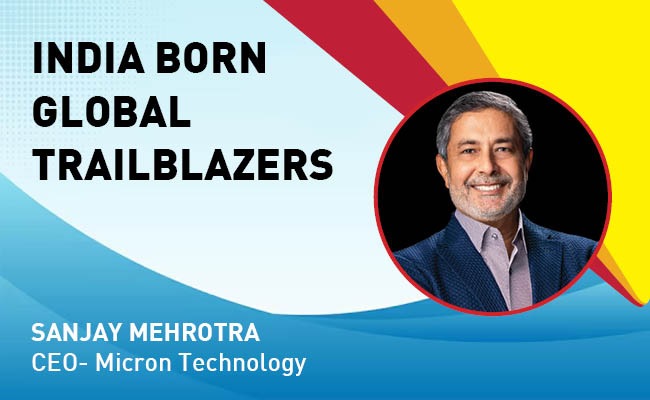
Indian Tech Talent Excelling The Tech World - Sanjay Mehrotra, CEO- Micron Technology
Sanjay Mehrotra, the President and CEO of Micron Technology, is at the...
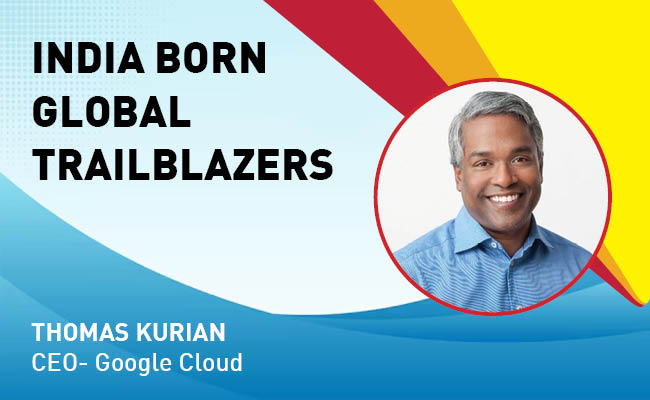
Indian Tech Talent Excelling The Tech World - Thomas Kurian, CEO- Google Cloud
Thomas Kurian, the CEO of Google Cloud, has been instrumental in expan...
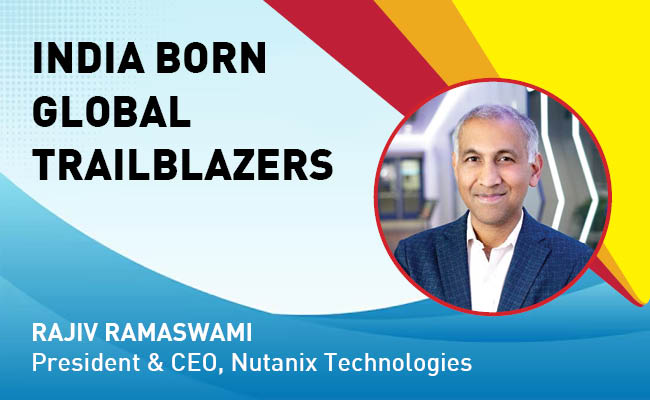
Indian Tech Talent Excelling The Tech World - Rajiv Ramaswami, President & CEO, Nutanix Technologies
Rajiv Ramaswami, President and CEO of Nutanix, brings over 30 years of...
 of images belongs to the respective copyright holders
of images belongs to the respective copyright holders